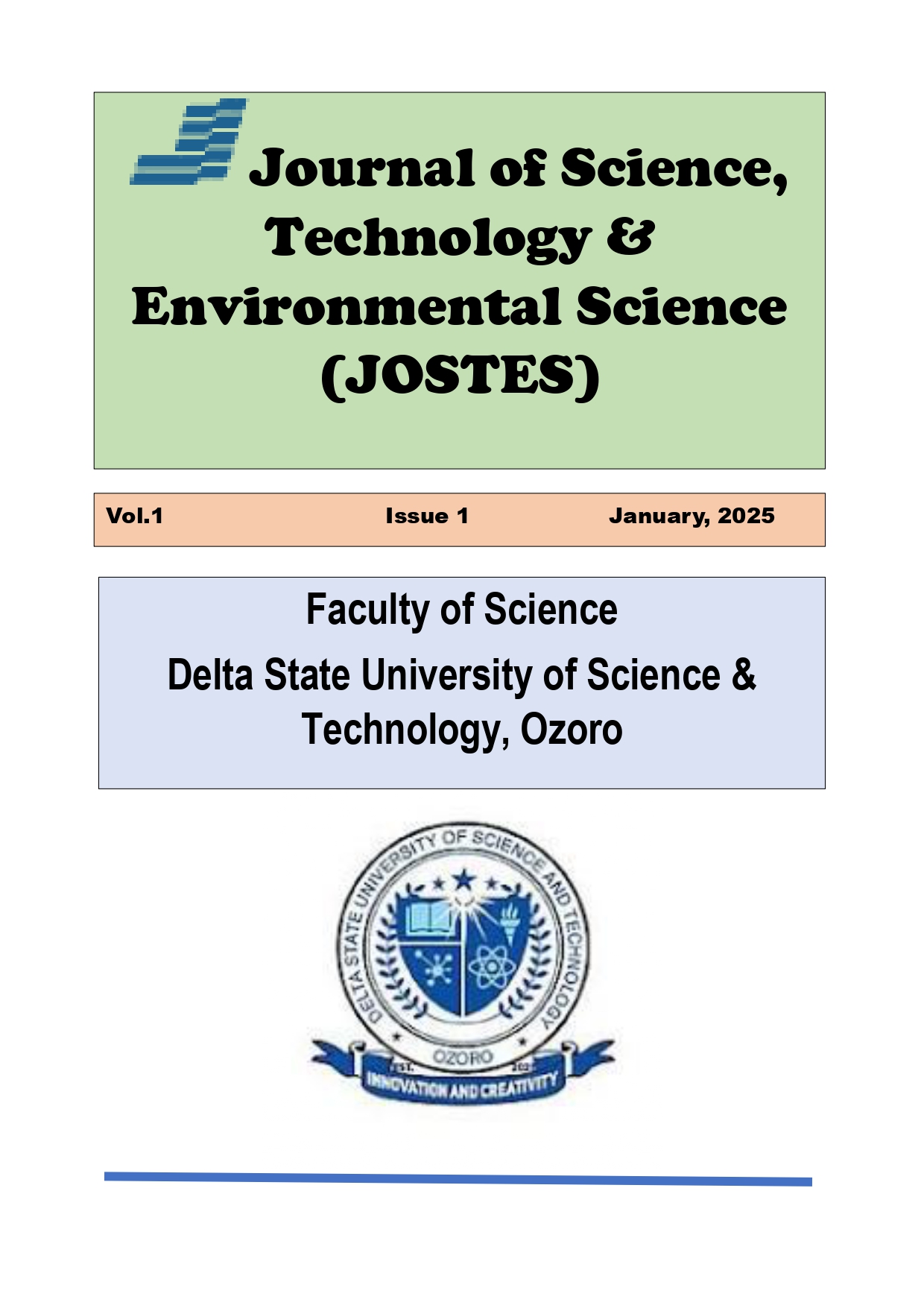Antimicrobial resistant pattern of streptococcus pneumoniae isolated from clinical samples of children aged 1-12 years in selected hospitals from Sapele Delta State, Nigeria
Main Article Content
Abstract
The efficiency of treatment for pneumonia infections has been hampered by Streptococcus pneumoniae resistance to antimicrobial agents and the spread of resistant strains is also significantly influenced by the underuse of antibiotics. The current study reveals the antimicrobial resistant pattern of Streptococcus pneumoniae isolated from clinical samples of children in selected hospitals of Sapele, Delta state Nigeria. One hundred blood and nasal swab samples of children showing different symptoms of pneumonia like chest pain, cough, fever, chills, difficulty in breathing were collected at different intervals from five hospitals in Sapele, Delta state Nigeria for isolation of S. pneumoniae. The children were separated into four age brackets. The age brackets included patients within the ages of 1-3years, 4-6 years, 7-9years and finally 10-12 years. Samples were aseptically plated on nutrient agar and blood agar and the isolates identified macroscopically and microscopically using standard microbiological methods. The age group 4-6years had highest percentage positive of S. pneumoniae 32%, followed by 1-3 years the percentage of S.pneumoniae isolated was 27%, 7-9 years had 22% S. pneumoniae, while 10-12 years had 19% S. pneumoniae. Antibiotics susceptibility was performed using disc diffusion technique on Mueller Hinton agar for all the bacterial isolates. Thirteen different antibiotics were used against identified Streptococcus pneumoniae. The antibiotic study revealed that the isolated organism, Streptococcus pneumoniae was sensitive to six antibiotics, Neomycin, Streptomycin, Erythromycin, Amikacin, Azithromycin, Bacitracin with the following zones of inhibition 18mm, 22mm, 18mm, 20mm, 15mm and 18mm respectively and resistant to Ampicillin, Methicillin, Penicillin, Clindamycin, Ciprofloxacin, Vancomycin, followed by Cefixime. Data obtained were analyzed using SPSS version 21 and a p-value less than 0.05 was statistically considered significant. Hence children below the 12years should be vaccinated against bacterial pneumonia to decrease the death rate of this age group.

